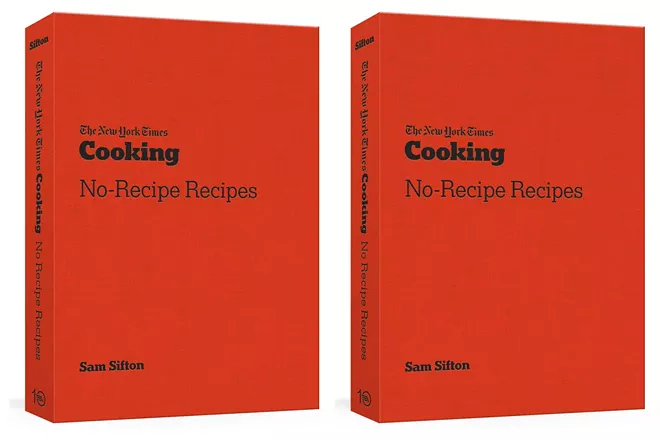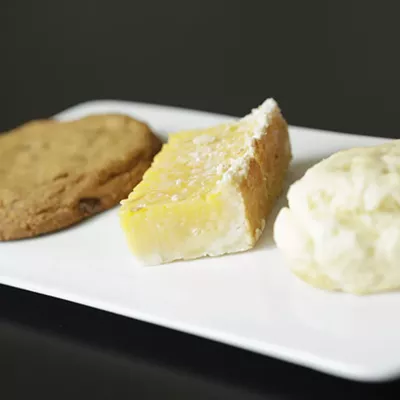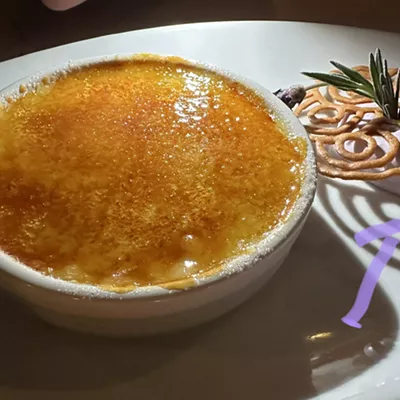The worst part of cooking isn't the chopping or even the dishwashing. It's the measuring.
It's the irritation of needing to keep looking back at the recipe — either peering at a cookbook or magazine or trying to scrawl through your cellphone with wet hands — to find out out if it's a 1/2 teaspoon of cayenne or a 1/4 tablespoon of smoked paprika.
It's the irritation of needing to clatter around your kitchen in a panic for the measuring spoons or the measuring cups — are they in the drawers? on the hooks? buried under a mountain of dirty dishes in the sink? — before the garlic burns.
Into this space comes the New York Times' paradoxically titled No-Recipe Recipes cookbook.
Your traditional New York Times recipe is exact. Precise. Tightly honed. Their ingredient lists are generally fairly long — with at least one either controversial (peas? In my guacamole??) or obscure (1 dodo tongue, minced) — and demand to be measured.
But No-Recipes Recipes is something more anarchic.
The ingredient lists are comically simple. One recipe calls only for "tomatoes" and "butter" while another is somehow even more casual, asking for "Instant Ramen" and "stuff from the fridge."
And they don't come with numbers. Gone are the mixed numeral fractions, the half-teaspoons, the sugar weighted to the gram. Instead, it's closer to your grandma describing an old family recipe over the phone: "a scattering of red pepper flakes," a "glug of olive oil," a "generous spoonful of mayonnaise," a "splash of soy sauce" or a "shower of pepper." Even the cooking times and temperatures are often absent. Pork belly should be broiled "until it's crisp, glistening and cooked all the way through."
This path, especially for an inexperienced wanna-be chef like me, is filled with snares and pitfalls. I cooked my pork belly until it was overly chewy. I doused my shaved cucumber salad in far too much ginger-peanut.
But I also felt myself understanding cooking more effectively. Remove the precision of the formula and you start to see how the cooking actually works: how to swap out one ingredient for another, how to fix flavors and how to save sauces.
Best of all, it adds a glug of joy to the process. Cooking turns faster and looser. Imprecision is speed. And imperfection is freedom.
In this mode, I'm not exactly Emeril or Alton Brown.
Instead, I'm closer to the Swedish Chef Muppet, chopping at vegetables like a madman, tossing in whatever catches my eye in a blur of chaos. Does it taste good? Doesn't matter, I'm babbling joyful gibberish either way. ♦

























